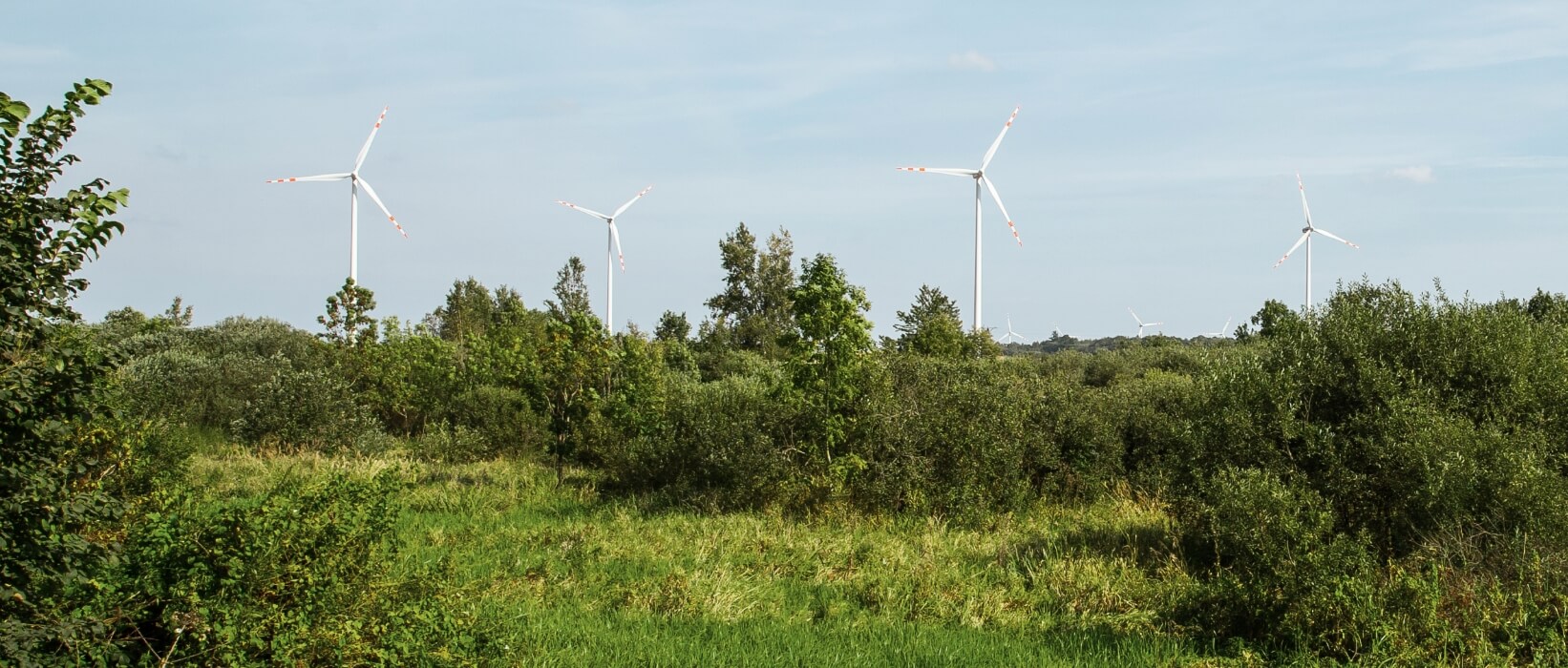Reduction of pollutant emissions
In accordance with EU regulations, and in particular Directive 2010/75/EU of the European Parliament and of the Council of 24 November 2010 on industrial emissions (integrated pollution prevention and control) (the Industrial Emissions Directive or IED), as of 1 January 2016 new, stricter environment protection standards are applicable. Therefore, all electricity producers in Poland who use first of all carbon-intensive technologies are obliged to adjust their power units to the new environmental requirements. To address the problems of entrepreneurs, EU law envisages a possibility of using derogation mechanisms. The alleviation of the IED requirements in the form of a derogation makes it possible to obtain additional time for adjusting generation units to the stricter air pollutant emission standards. On 17 August 2017, the so-called BAT conclusions for large combustion plants (Commission Implementing Decision (EU) 2017/1442 of 31 July 2017 laying down the conclusions on best available techniques (the BAT conclusions) for large combustion plants in accordance with Directive 2010/75/EU of the European Parliament and of the Council) were published in the Official Journal of the European Union. The published BAT conclusions introduce, among other things, stricter requirements (than in the IED) for pollutants such as sulphur dioxide, nitrogen oxides and dust. The BAT-associated emission levels (BAT-AELs) were also determined for additional substances such as mercury, hydrogen chloride, hydrogen fluoride and ammonia. The BAT conclusions will apply from 18 August 2021 after the end of the 4-year adjustment period.










